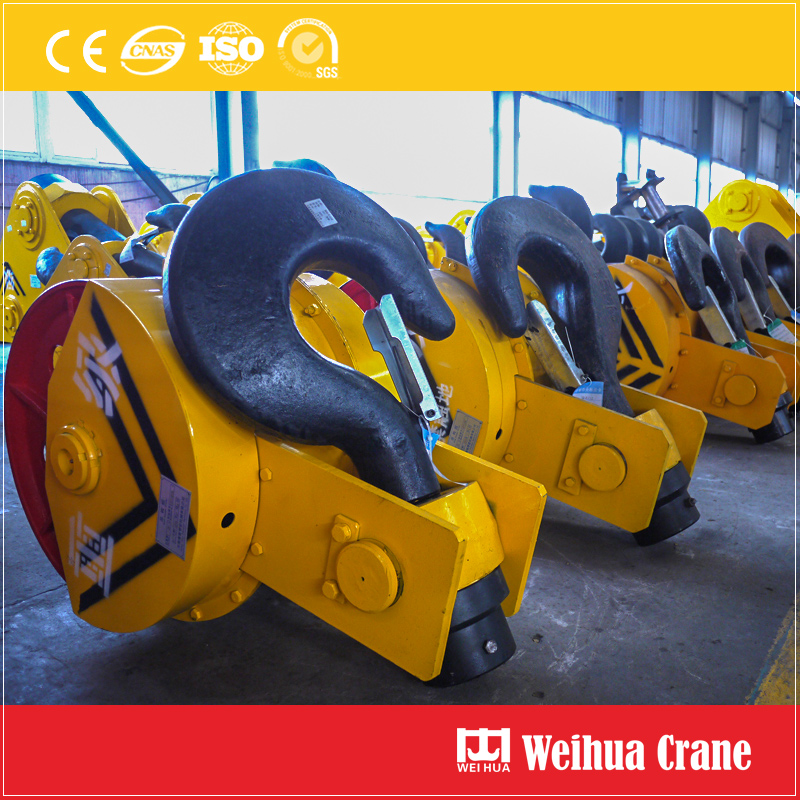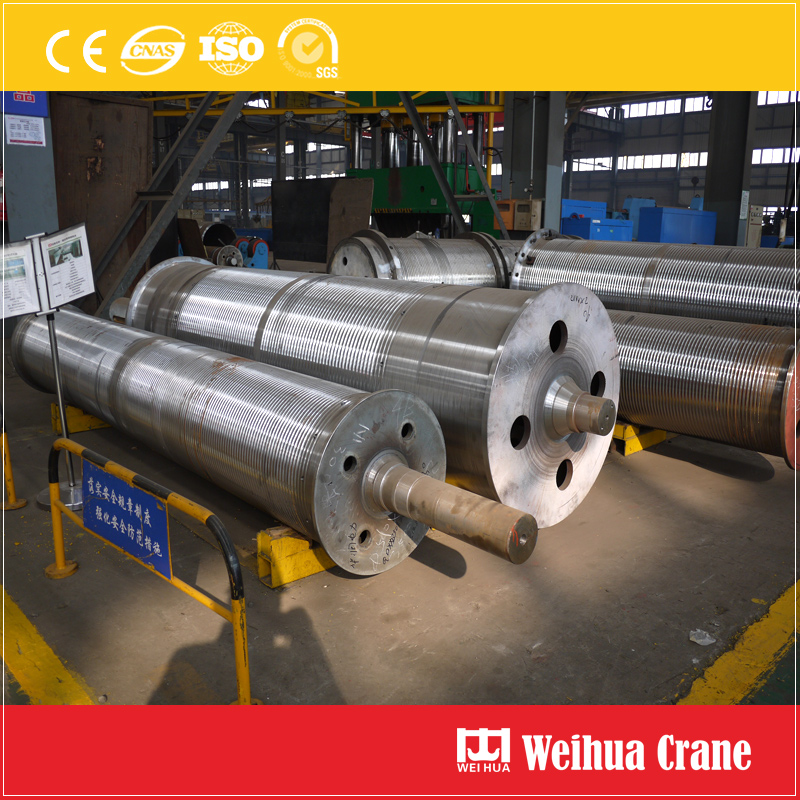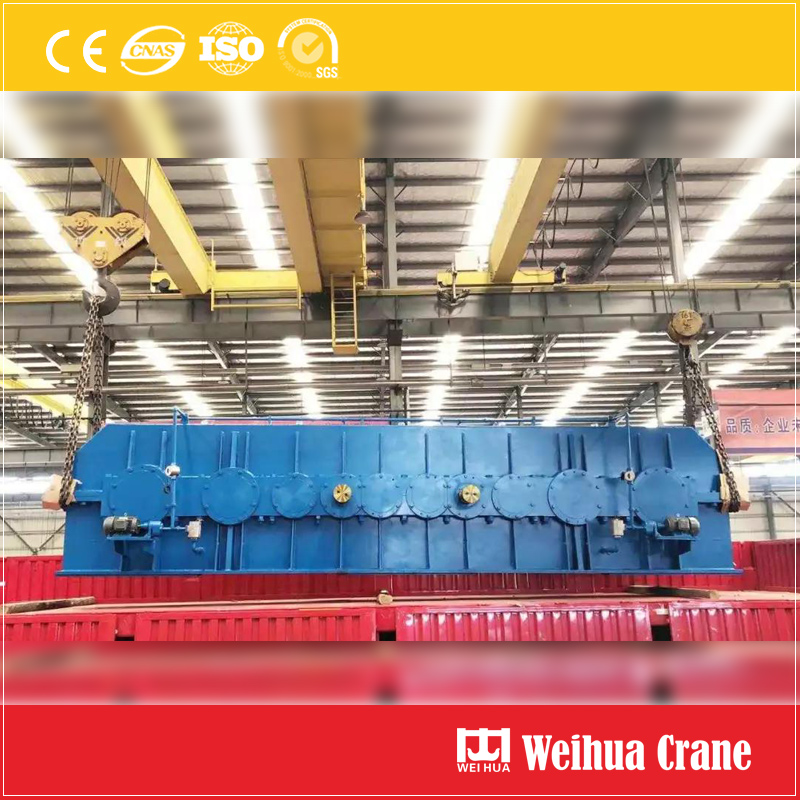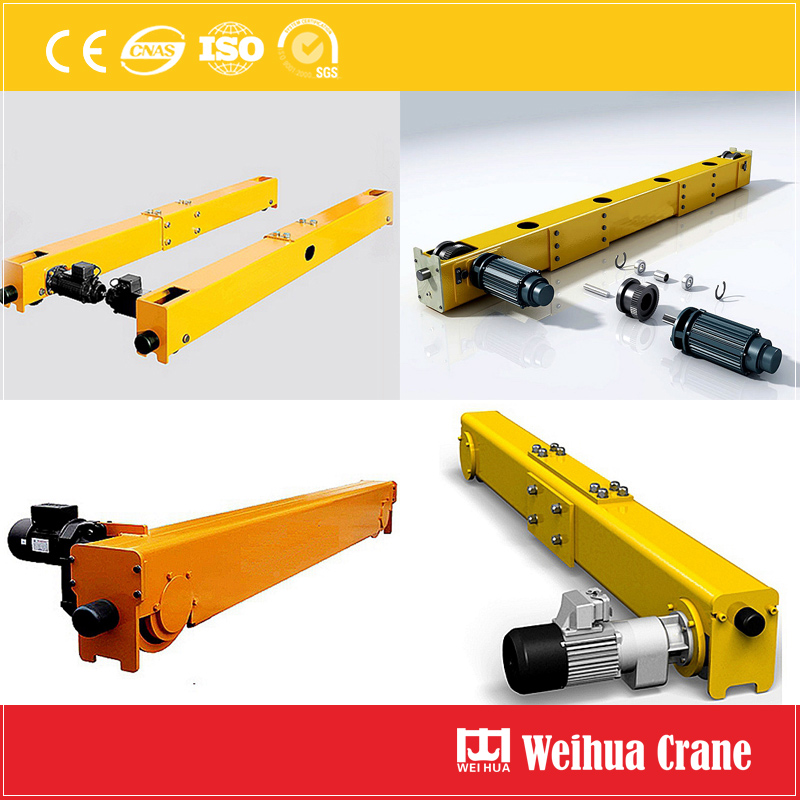(I) Particle size distribution The particle size distribution of materials is a very critical factor. More fine particles and higher yield. The maximum allowable particle size should not be greater than 2.5-4 times the mesh size. The less difficult to sieve in the material, the less the barrier particles, the higher the screening efficiency. If the amount of undersize in the material is small, the productivity will be significantly reduced. The coarse screen can be used to discharge the coarse fraction and then the final screening to increase productivity.
(2) When the moisture content of the water content material reaches a certain level, the fine particles bond to each other and block the sieve hole, and the screening capacity will drop sharply. If it is changed to wet sieve, the flow of water promotes the passage of the particles through the sieve hole and sieve. The efficiency is more than dry sieve.
(III) Mesh hole shape, mesh hole size and sieve surface type The screening efficiency of various mesh hole shapes is compared. The rectangular hole is larger than the square hole, and the square hole is larger than the circular hole, but the square hole has the best screening precision. The comparison of various types of sieve surfaces is that the woven sieve is larger than the sieve, and the sieve is larger than the sieve. The larger the mesh size, the higher the screening efficiency, but the screening productivity will drop sharply when the mesh size is less than 1 mm.
(IV) Effective Screen Area and Screen Size The ratio of the area of ​​the screen hole to the area of ​​the entire screen surface is called the effective screen area. The larger the ratio, the higher the unit productivity and screening efficiency of the screen surface, but the lower the strength and service life of the screen surface. The longer the screen surface, the longer the particles stay on the screen surface, which increases the chance of passing through the screen and increases the screening efficiency. However, the screen surface is extended to a certain extent, and the efficiency is not improved. Therefore, the length of the sieve used in the industry generally does not exceed 2.5-3 times the width.
(5) Screen surface movement characteristics The relative movement between the screen surface and the material is a necessary condition for screening. The movement can be divided into two types: one is that the particles are mainly perpendicular to the screen surface, such as a vibrating screen; It is the movement of the particles mainly parallel to the screen surface, such as a cylindrical sieve and a shaking sieve. Practice has proved that the first type of exercise has a higher screening efficiency. Because the vertical screen movement of the material makes the material layer loose and the separation speed is large, and the probability that the particles pass through the sieve hole increases, the screening efficiency is improved. The frequency and amplitude of the movement of the screen surface also have a great influence on the screening efficiency, which affects the speed of movement and the probability of passage of the particles on the screen surface. In general, materials with smaller particle sizes are suitable for vibration with small amplitude and high frequency. The conditions of vibration should be such that the material particles do not jump out of the screen surface.
(6) Operating conditions Increasing the angle of the screen surface can increase the feeding speed and increase the productivity, but shorten the time for the material to stay on the sieve and reduce the screening efficiency. The appropriate angle of inclination should be determined by experiment. Thinner layers, while reducing productivity, can increase screening efficiency. The amount of feed per unit time should be equal during operation, and the distribution of human sieve material along the width of the sieve surface should be uniform. In the case of fine screening, the uniformity of the feed has a greater influence.
Crane mechanical parts are main component parts of a crane. A mechanical part can be a crane gear box, Overhead Crane end carriage, crane wire rope guide, crane wheel, crane bearing, crane wire rope, crane pulley, crane wire rope drum, crane coupling, crane hook, etc. As a leading lifting equipment manufacturer in China, besides variety of cranes, Weihua also provide all kinds of high quality crane mechanical parts, crane Electric Parts and other Crane Accessories. You won't fail to find the right Crane Components in Weihua.

Weihua makes high quality crane components, or purchases from China top class brands and world famous brands. With 31-year experience, Weihua products export to 110 countries such as Russia, Thailand, Malaysia, Egypt, Saudi Arabia, Parkistan, the Philippines, Mexico, etc. We have confidence to provide the professional solutions for you. Our success is from customers' success. Welcome to visit Weihua.




Mechanical Parts,Wire Rope For Crane,Wire Rope For Hoist,Crane Hoist Wire Rope
Henan Weihua Heavy Machinery Co., Ltd. , https://www.weihuacranefactory.com
